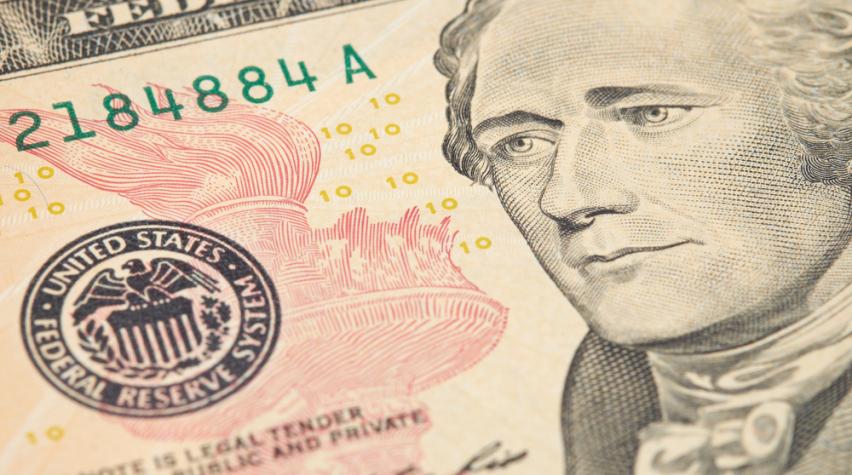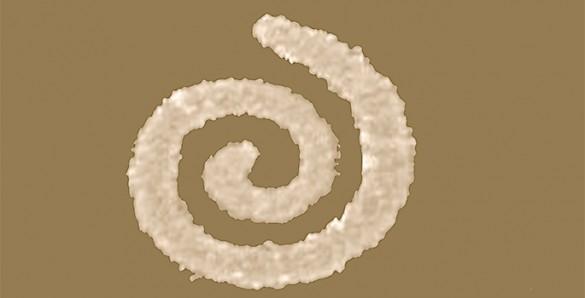
The world’s smallest continuous spirals, produced by researchers at Vanderbilt University, show potential for fighting counterfeiting. The nano-spirals and their unique optical properties could be added to currency, identity cards, and other valuable items and would be nearly impossible to counterfeit.
The spirals, unlike previous versions that were created by arranging discrete nanoparticles, are actually one continuous mass and considerably smaller than those produced by other researchers. A square array with 100 nano-spirals on a side is less than a hundredth of a millimeter wide.
Spirals' unique optical properties
The spiral is particularly interesting to researchers because of its optical properties at nanoscale. Because the Vanderbilt researchers’ spirals are smaller than the wavelength of visible light, they have unique properties, such as the trait of emitting visible blue light when illuminated with infrared laser light.

Roderick Davidson II, the Vanderbilt doctoral student who figured out how to study the spirals’ optical behavior, has experimented with small arrays of gold nano-spirals on a glass substrate made using scanning electron-beam lithography. Other precious metals, which are useful because they resist chemical degradation, could also be used to inexpensively create nano-spirals.
In a press release, Haglund commented on the spirals’ usefulness in detecting counterfeiting, saying, “If nano-spirals were embedded in a credit card or identification card, they could be detected by a device comparable to a barcode reader.”
For more information, see the researchers’ published work in the Journal of Nanophotonics.


